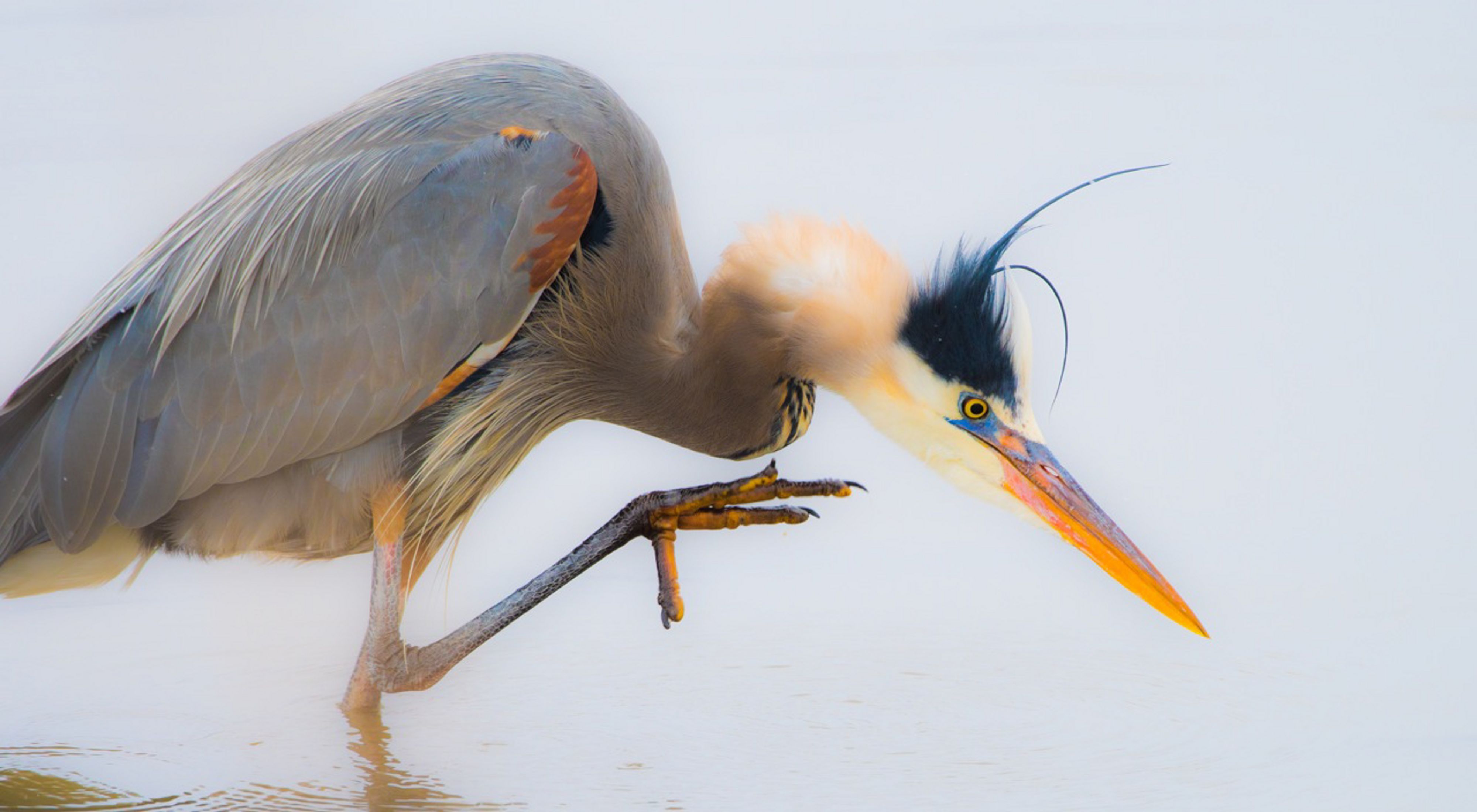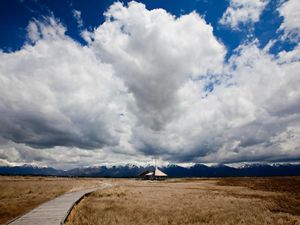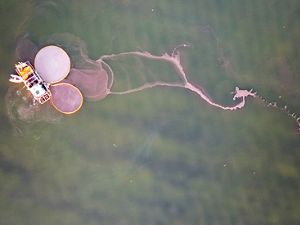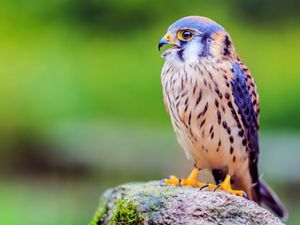Media Contacts
-
Tracey Stone
Western Division Media Relations
The Nature Conservancy
Phone: 602-738-1586
Email: tstone@tnc.org
As the Great Salt Lake Ecosystem faces unprecedented threats, a new report shows a recent increase in bird numbers at The Nature Conservancy in Utah’s Great Salt Lake Shorelands Preserve. Preserve managers see this new data as a potential indicator that more birds are being drawn to the preserve’s wetlands as other suitable habitat around the lake dwindles.
Bird expert and researcher Janice Gardner from Sageland Collaborative tracked local and migrating birds at the preserve during breeding season for three consecutive years. She found during this time at least 108 species used the site, and of these, 93 species are believed to have used the preserve for nesting. Also, there were 25% more birds in 2022 over 2020.
TNC believes these are the biggest takeaways from the initial report:
- More birds need to rely on TNC’s preserve and other protected areas at the Lake because viable bird habitat is rapidly disappearing as the Lake shrinks due to water diversions and climate change.
- TNC’s strategic management of its wetlands, including removing invasive plants like phragmities, restoring native vegetation, and securing water for the preserve is increasingly important as birds face the loss of habitat at the receding Great Salt Lake.
- New research from Audubon indicates saline lakes across the Western Hemisphere are drying up which underscores the importance of the Great Salt Lake ecosystem and protected wetlands like those at TNC’s preserve.

“Protecting places like our preserve, and managing them wisely, is becoming more and more critical,” said Chris Brown, TNC-Utah’s Director of Stewardship. “I think what we’re seeing is that birds are seeking out those remaining havens that can still support their needs.”
Since 1984, TNC has helped to protect more than 17,749 acres of wetlands and uplands at the Great Salt Lake, and currently manages 10,691 acres.
Over the years TNC has created basins to store water moving through the preserve and has lined ditches to reduce water loss.
In addition to TNC’s past management strategies, Brown points to new efforts, like the Freeport Drain project which diverts and cleans incoming stormwater flowing from the Freeport run-off drain located on the preserve. When the project is completed, it will clean the water before entering the preserve and create new habitat for birds like white-faced ibis and tundra swans.
As TNC seeks new ways to manage habitat around the Lake, the organization remains focused on the urgent goal of getting more water to the lake. “TNC is working with many partners to find large-scale solutions to these complex challenges,” says Ann Neville, TNC-Utah’s Northern Mountains Regional Director.
The Great Salt Lake Shorelands Preserve is home to hundreds of plants and animals. Throughout the years more than 250 species of birds have been recorded at the preserve. For decades it has provided a valuable wildlife buffer against the rapid development along the Lake’s eastern shore.
The Nature Conservancy is a global conservation organization dedicated to conserving the lands and waters on which all life depends. Guided by science, we create innovative, on-the-ground solutions to our world’s toughest challenges so that nature and people can thrive together. We are tackling climate change, conserving lands, waters and oceans at an unprecedented scale, providing food and water sustainably and helping make cities more sustainable. The Nature Conservancy is working to make a lasting difference around the world in 81 countries and territories (40 by direct conservation impact and 41 through partners) through a collaborative approach that engages local communities, governments, the private sector, and other partners. To learn more, visit nature.org or follow @nature_press on X.



